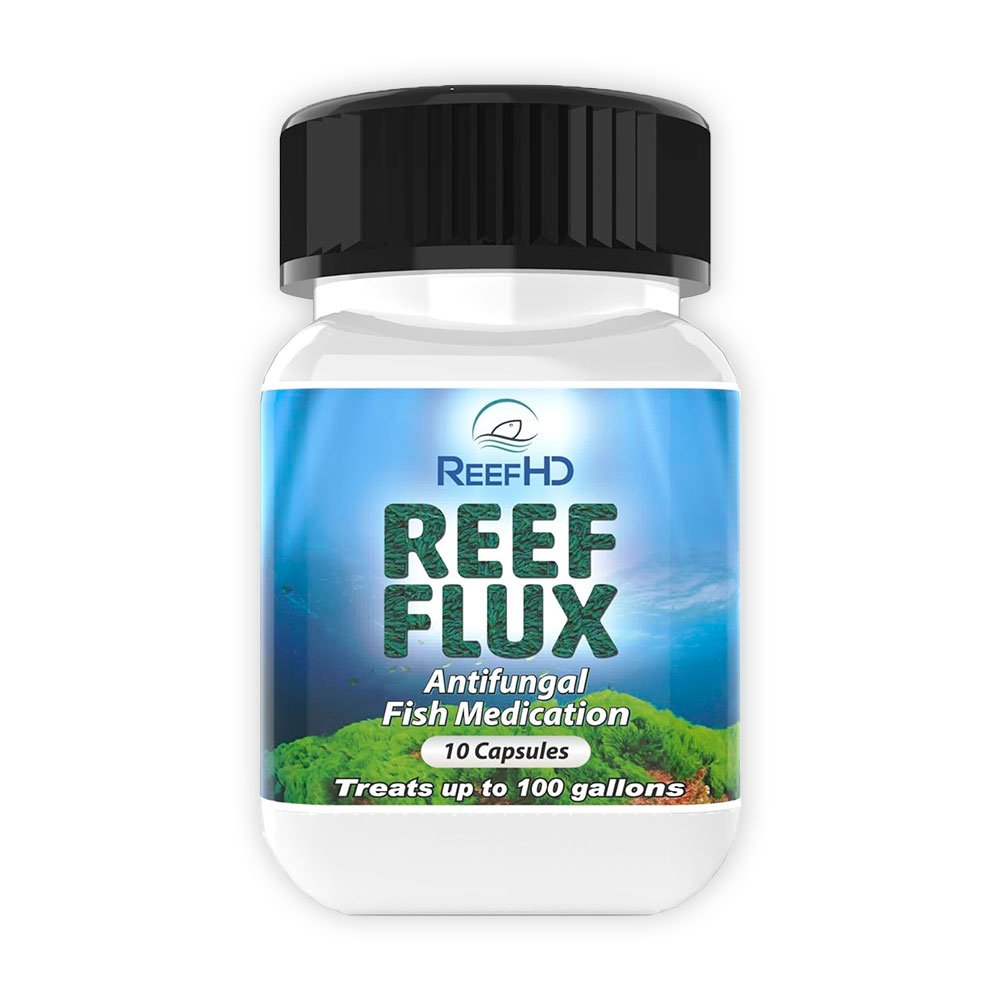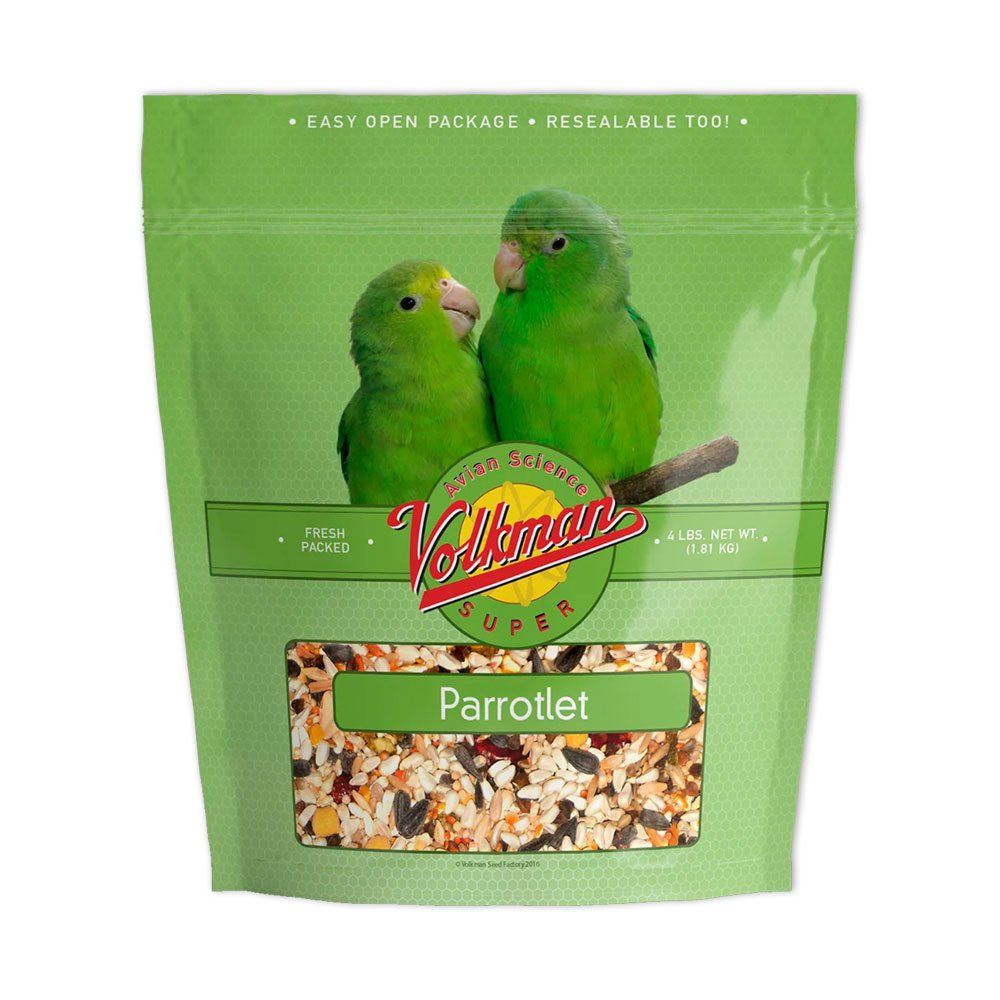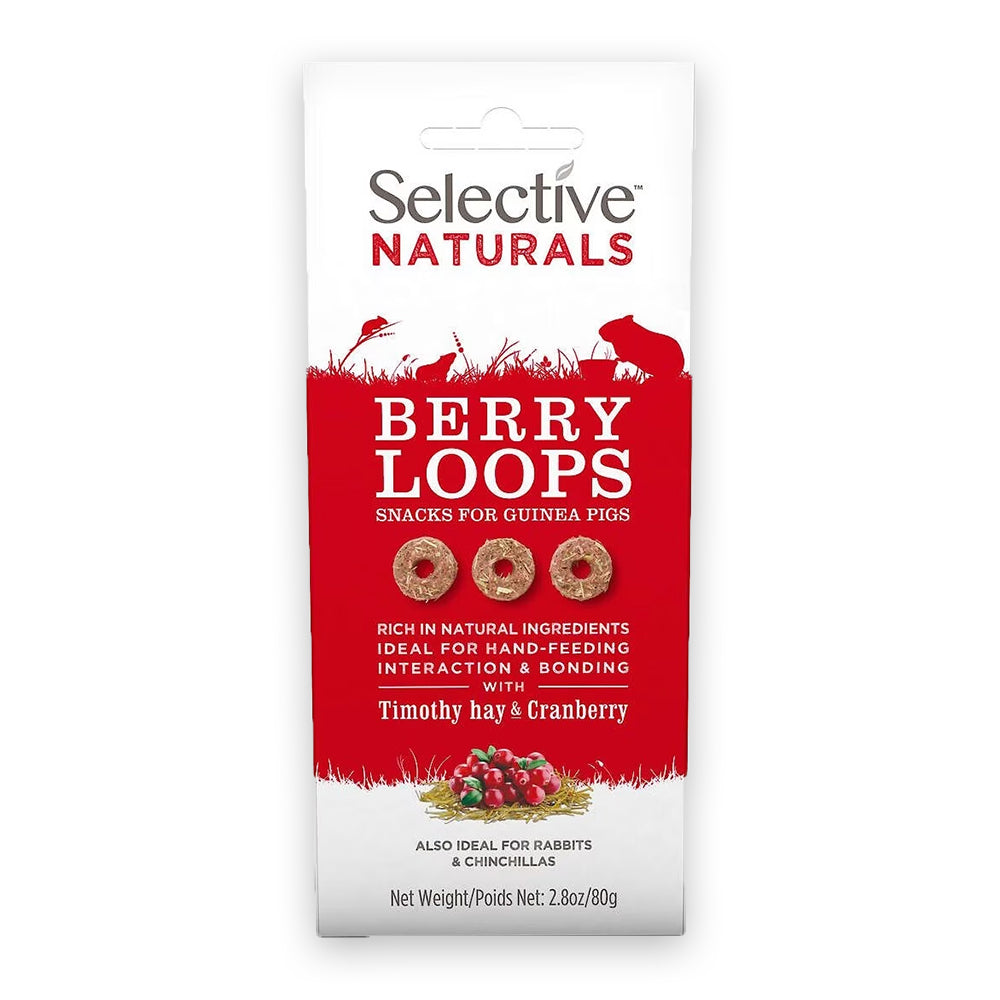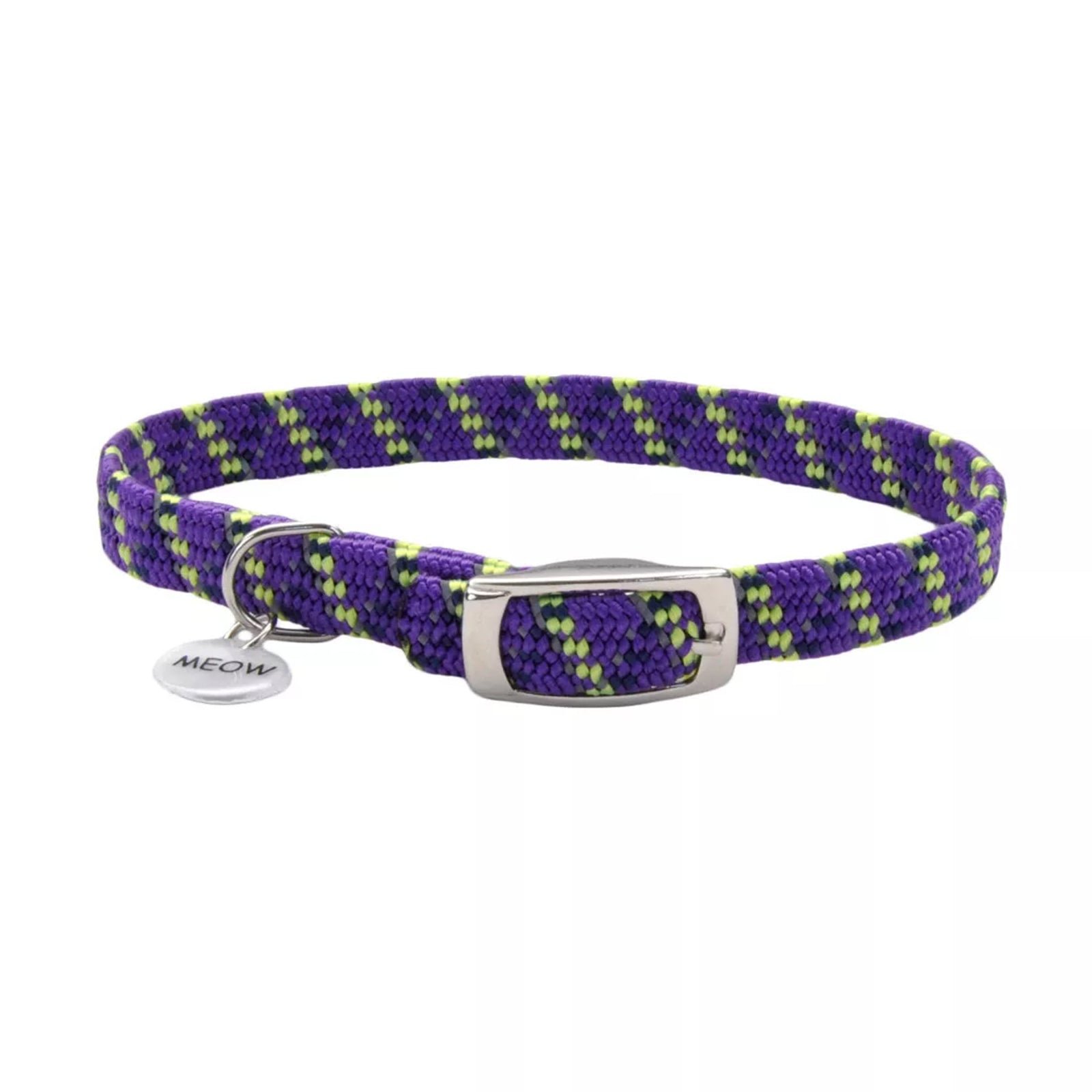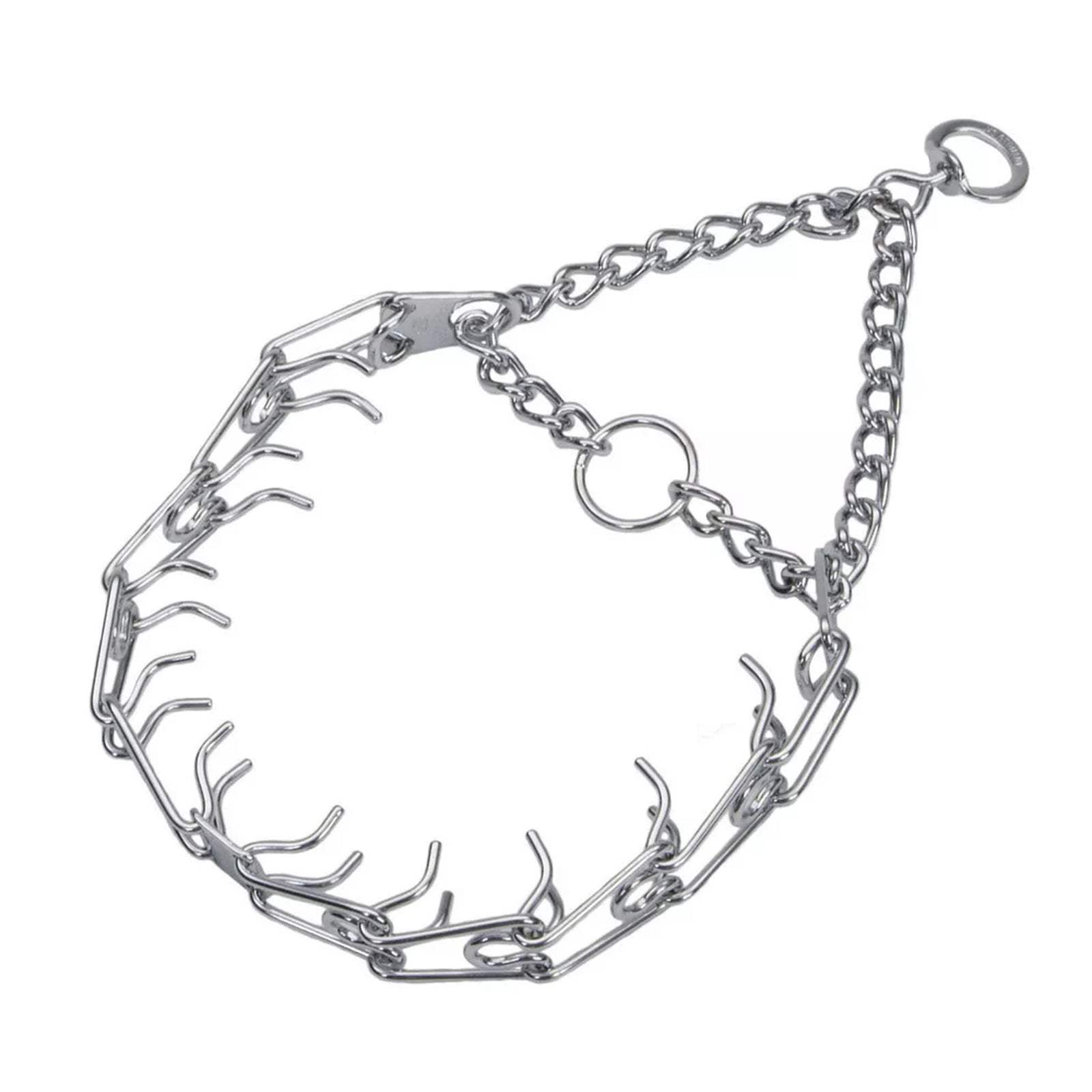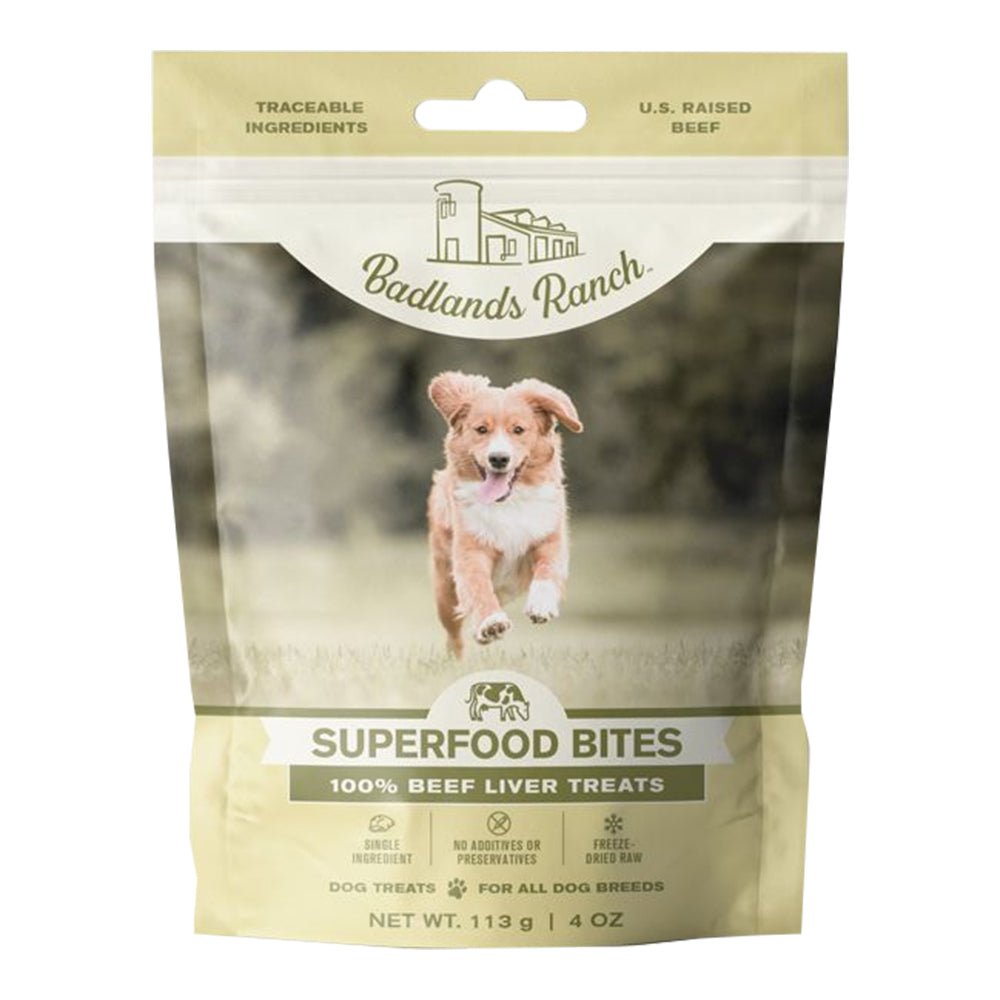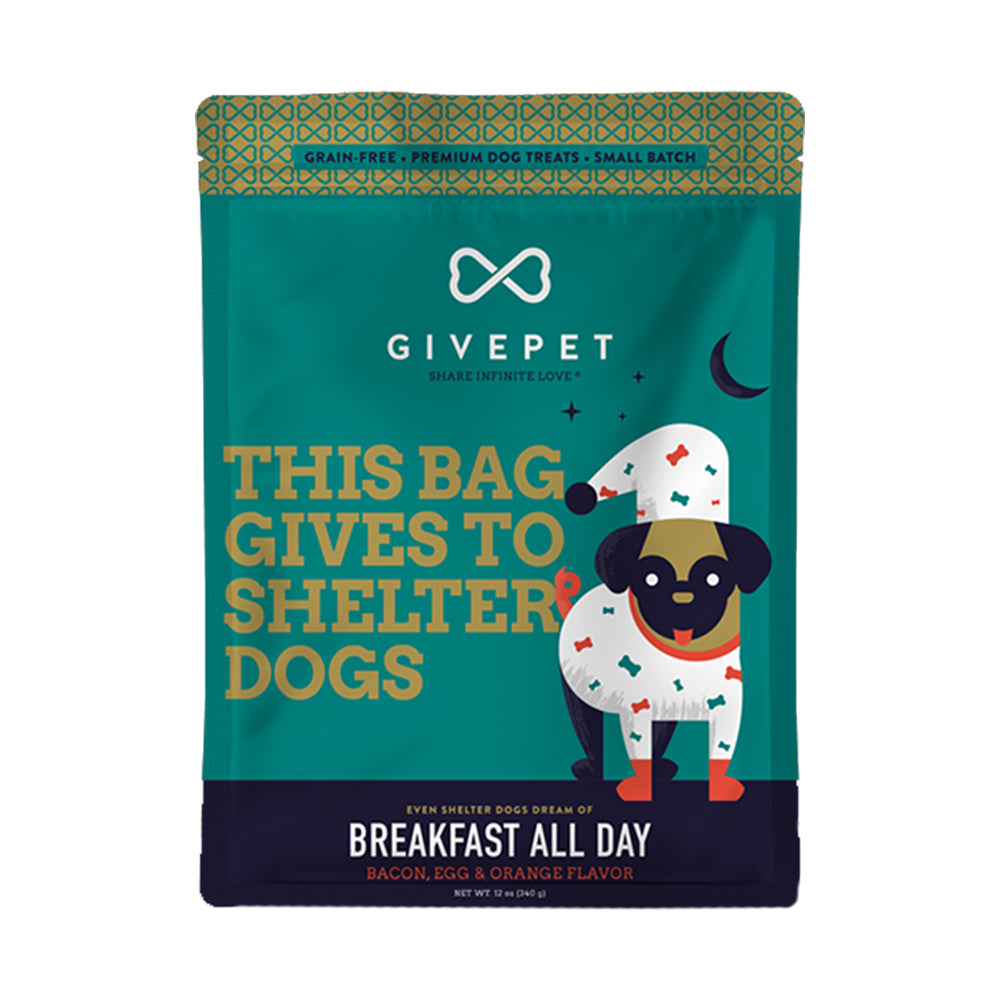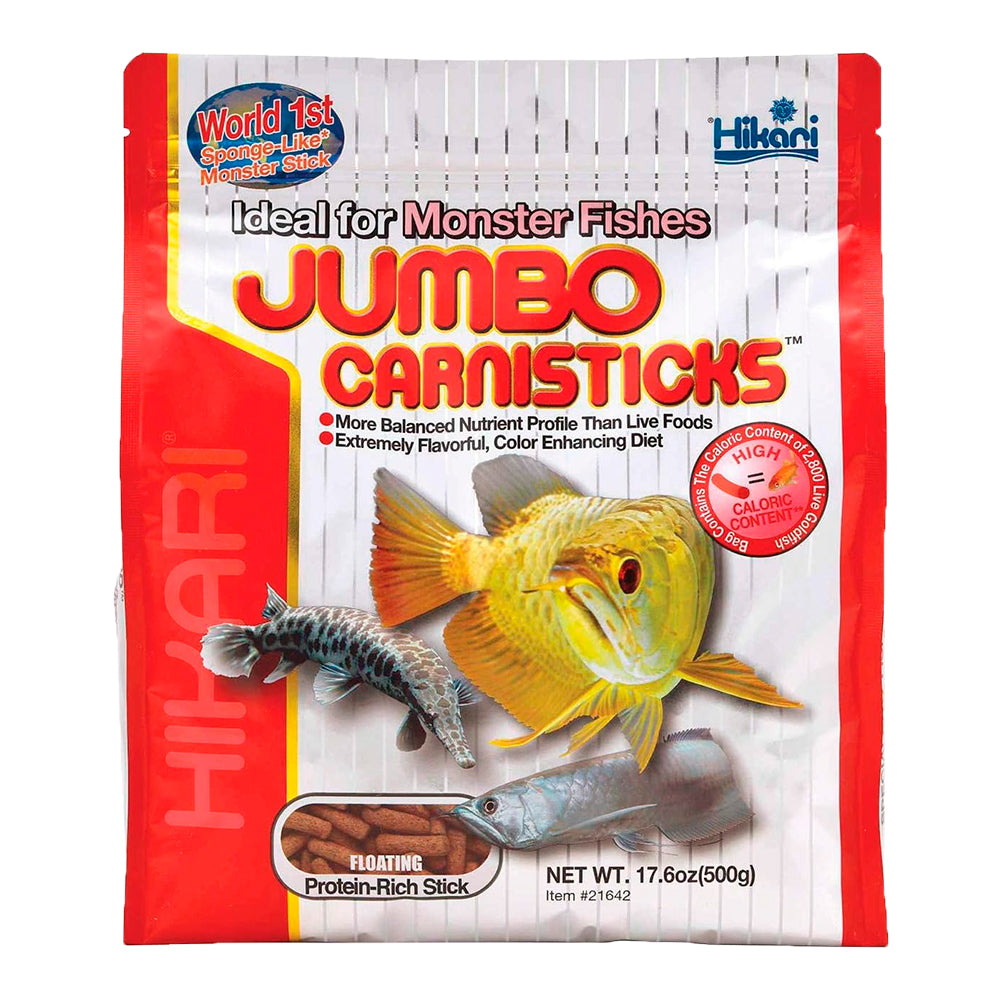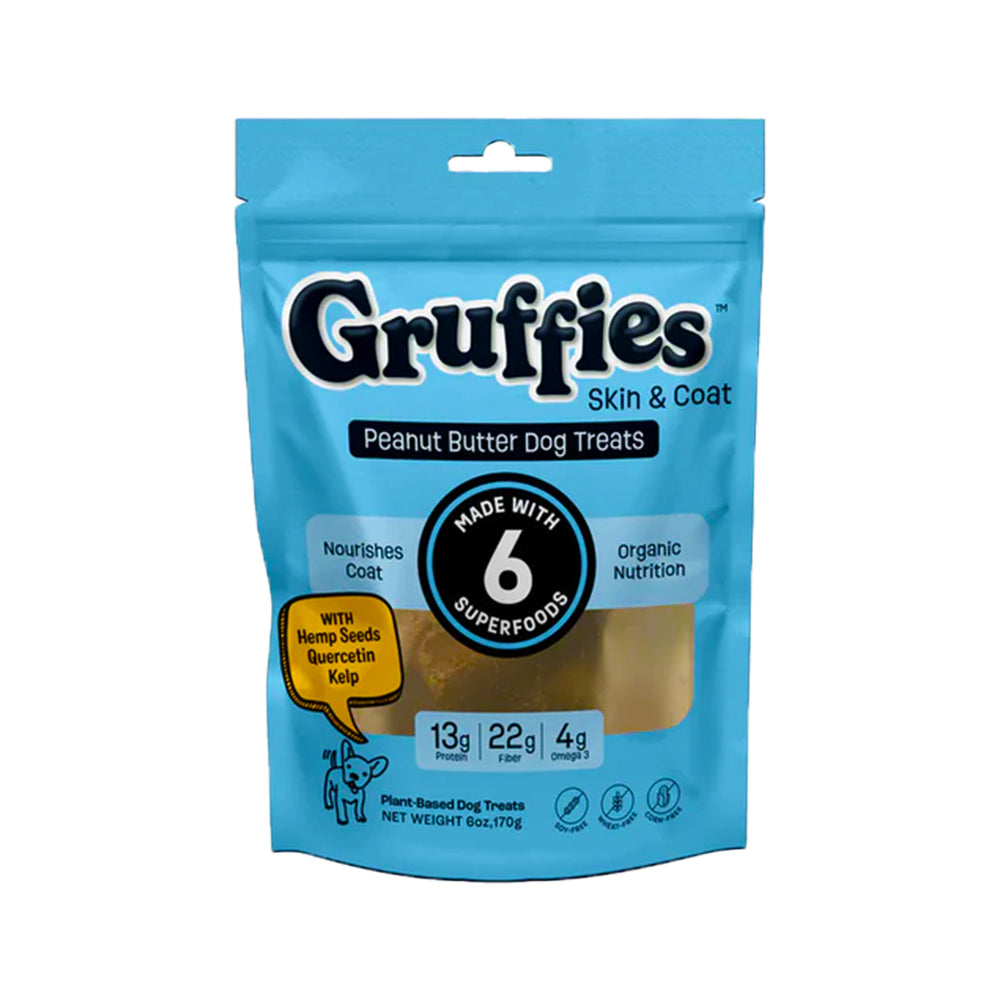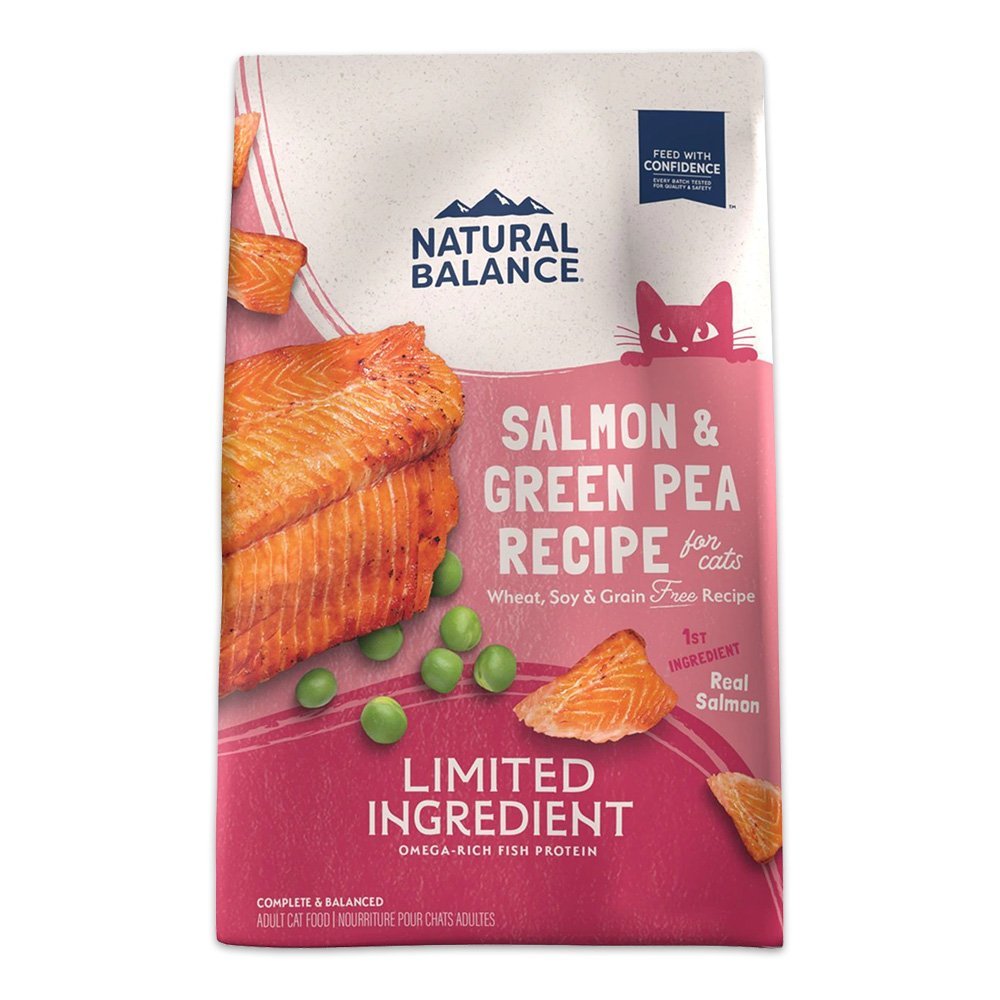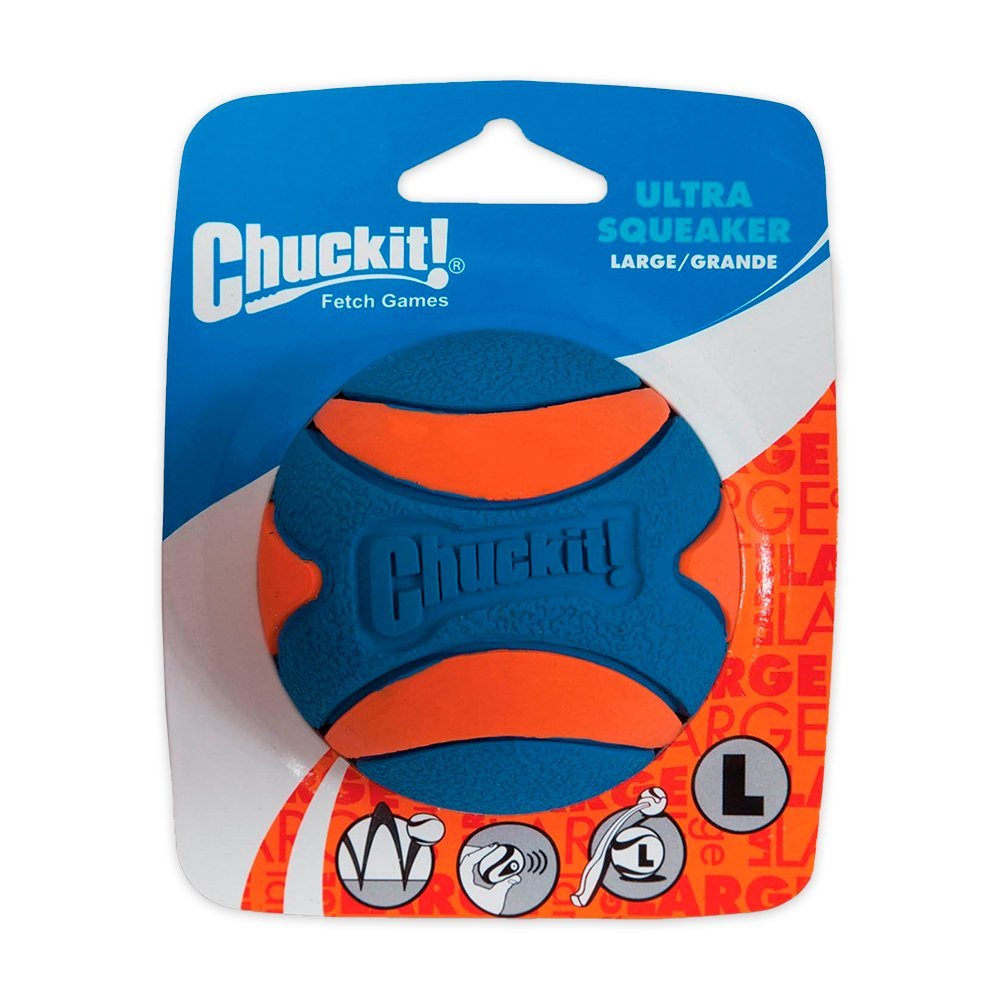Introduction
The period of cold brings snow-laced trees, icy ponds, and a captivating atmosphere all around. But while we shift what we eat to adapt to the change in weather, birds face a much tougher challenge. Finding bird food for winter is a fight for their survival. Small passerines like bluetits and chickadees must gain nearly 10% of their lean body mass in fat daily to survive winter nights.
That’s where we step in as winter bird feeders to help them get through this season! But not all foods are created equal—especially when the temperature dips below freezing. Don’t purchase any random bird seed from the market.
So, what is the best bird food for winter? How do you choose the right healthy birds food that keeps feathered friends well-fed and happy? We are going to help you with some of the top products in this blog.
Why Birds Need Extra Food in Winter
Birds are some of the toughest creatures out there, but even they need a helping wing when winter rolls in.
Energy Demands Soar
Cold weather is equal to a higher metabolism. Birds need to burn more calories just to maintain body heat. Some species, like chickadees, can lose a lot of their body weight overnight during harsh winters.
Food Gets Scarce
Natural food sources like seeds, fruits, and insects become scarce or buried under snow. Water sources often freeze, making it harder to tough out the cold.
Shorter Days
Less daylight means less time for foraging. That’s a tough combination to go through when your body needs more food, but you have less time to find it.
That’s why feeding birds in cold weather can be a huge contribution. Make sure you provide them with ideal winter food only.

Best Bird Food for Winter: What to Offer
When it comes to feeding birds in cold weather, your food choices matter—a lot. Winter takes away most of the natural food sources, and they need high-energy food to build their energy reserves. That’s why it's essential to offer food that provides maximum nutrition in compact bites.
A little doubtful about where to start? Let’s look at what the birds themselves have chosen. In a study on winter bird feeding patterns across both urban and rural areas, researchers found a clear food preference ranking among commonly available feeder items:
|
Food Type |
Preference Ranking |
Notes |
|
Sunflower Seeds |
1st (Most Preferred) |
Universally loved by many bird species across habitats |
|
Animal Fat (Suet, etc.) |
2nd |
High in energy, especially needed in cold weather |
|
Millet Seed |
3rd |
Liked by smaller birds but less popular overall |
|
Dried Rowanberries |
4th |
Eaten occasionally but not a top choice compared to seeds and suet |
As you can see, sunflower seeds steal the show, with suet and other fatty foods following close behind. But offering a combination of the top-ranked items can create a well-rounded winter bird diet that draws in a colorful variety of species.
Let’s break these foods down one by one, so you know exactly what to feed birds in winter for the best results
a. High-Energy Seeds
If you are really concerned about finding the best bird food in the colder season, then high-energy seeds should top the list. Seeds are a winter favorite for a reason: they’re compact, nutritious, and easy to find. But which ones to go for?
Black Oil Sunflower Seeds
If there is one particular category of seeds that you can be sure about, it must be black oil sunflower seeds. They have thin shells (easy for small birds to crack), and are jammed with fat and protein. Grabs the attention of a wide range of birds: cardinals, chickadees, nuthatches, titmice, and more.
Nyjer (Thistle) Seeds
Tiny but filled with benefits. These are rich in oil and beloved by finches, siskins, and redpolls. You could also opt for a special Nyjer feeder to not suffer from the problem of spillage.
Safflower Seeds
Universally loved by a great variety of cardinals and grosbeaks. These seeds have a bitter taste that squirrels and starlings usually don’t find tempting. A win-win if you are looking for something particularly for birds!
Striped Sunflower Seeds
Similar to black oil but larger and harder to crack. It works amazingly in giving larger-beaked birds like jays and woodpeckers a feast time. Kaytee Striped Sunflower Wild Bird Food is packed with rich, natural oils to attract a wide variety of larger, more colorful songbirds to your feeder.
Millets
Millet is a small, energy-rich seed option if you want to accommodate ground-feeding birds like sparrows, finches, and doves. It offers quick-digesting carbs to help birds stay warm and active.
b. Nuts and Peanuts
Nuts are like power bars for birds. It’s stuffed with protein, healthy fats, and calories that can turn your backyard into a lovely gathering place. Larger species or those with strong beaks love the taste of it.
What Birds Love:
-
Peanuts (in or out of shell): Just make sure they’re unsalted and raw.
-
Chopped walnuts, almonds, or pecans: These have a plus point of providing variety and nutrients.
-
Peanut pieces: Uncomplicated for small birds to grab and gulp.
Jays, woodpeckers, and nuthatches have a soft spot for nuts. Even chickadees can’t resist chirping away with a peanut to stash for later.
Bird Tip: If you crush the peanuts, then small birds can also enjoy having them without any harm.
c. Suet and Fat-Based Foods
Now we’re talking serious winter food that helps birds build their energy reserves. Suet is a type of rendered fat that provides a rich energy source for birds when they need it most.
Why Suet is a Winter Superfood:
-
It mimics the fatty bugs and larvae that birds normally eat.
-
It stays solid in cold temperatures.
-
It attracts insect-loving birds that may not pay attention to seed feeders.
Tasty Suet Variations:
-
Commercial suet cakes: Available in a lot of varieties with berries, mealworms, seeds, or peanut butter mixed in.
-
Homemade suet blocks: Try online recipes to create suet blocks at home. However, it can consume a lot of time.
-
Suet nuggets: This ready-to-feed wild bird food has a high-energy suet base.
Bird Tip: Use no-melt suet cakes to prevent melting and any sort of messiness.
d. Dried Fruits & Berries
Fruits aren’t just for summer birds. Many winter birds benefit from the natural sugars and vitamins found in berries.
Fruity Options for Birds:
-
Fruit and nut treats
-
Chopped dried cranberries, rowanberries
-
Dried blueberries, apples, and apricots
Soaking dried fruit in warm water for 30 minutes makes it easier for birds to gulp. Also, it prevents them from having gut problems.
The easiest way is to give them wild bird food that contain real fruit. Make sure to read the ingredient list so that it contains real fruits and no fruit flavorings.
e. Mealworms and Other Protein Sources
Insects may be visible in smaller numbers in winter. However, some birds still need them to survive. That’s where dried mealworms come in handy.
Bug Buffet Includes:
-
Dried mealworms: Provide real nutritional value with protein and are easy to store.
-
Crickets or fly larvae: Great additions for insectivores.
-
Mix-in protein snacks: Blend into seed or suet to create a nutrient-rich treat.
Spice up birds' regular routine with this food option, and they will thank you for the protein boost.
Bird Tip: Hard-to-spot birds like bluebirds, wrens, and robins will visit your yard for this protein-rich treat.
Bonus Tips for Feeding Birds in Cold Weather
Want to become a five-star bird B&B this winter? Keep these extra tips in mind:
Keep Feeders Clean
Snow, wind, and droppings can create a mess. Scrub the feeders weekly to prevent mold and disease. Also, you can go for mess-free bird seed options that let you keep your backyard clean without too much work.
Offer Fresh Water
Birds need water just as much as food. Both need to be in balance. Use a heated bird bath or place shallow dishes out during warm parts of the day.
Prevent Freezing
You do not want birds to have food that’s freezing. Use feeders with drainage holes to prevent this. Avoid metal feeders in extreme cold. They can stick to birds’ feet or beaks.
Provide Shelter
Add roosting boxes or brush piles nearby. Birds need a place to warm up and rest between meals. This way, birds will feel like visiting your place again and again.
Final Thoughts
Winter is one such season when your backyard birds need you the most. You can make it to them with just a few thoughtful actions. By offering the best bird food in winter, you’re not just helping birds survive. You’re giving them enough strength to make it through the season with happy bellies.
Be prepared a little early this season with a suet cake or a handful of sunflower seeds. And the reward? Watching birds visit your yard, even on the extreme cold days, is a beautiful reminder that life goes on no matter what.
So, put on your boots, grab that seed bag, and let birds have a new place for winter feeding.
🌞 Looking ahead to warmer months? Don’t miss our seasonal guide on Bird Food in Summer: 10 Tips to Keep Backyard Birds Healthy. Discover the best food choices, hydration tips, and feeding strategies to help your feathered friends thrive when the heat turns up!
